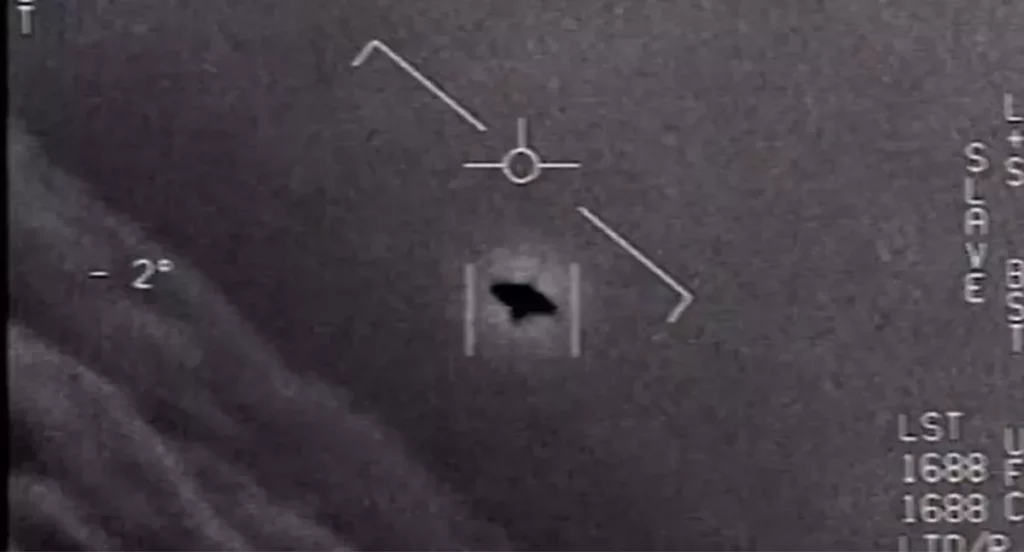NASA’s highly anticipated investigation into UFOs, now referred to as “unidentified aerial phenomena” (UAP), is set to commence, and the team responsible for conducting it has been unveiled.
Back in June, NASA revealed its plans to assemble a panel tasked with delving into UAPs. The independent study, with a budget of under $100,000, is scheduled to span roughly nine months, starting in the fall, according to NASA officials at the time.
As fall arrives, so does the beginning of the study—almost. In an update released on October 21, NASA officials announced that the panel will officially launch its work on Monday, October 24. It’s important to note that the study isn’t aiming to provide the definitive answers on UFOs but rather intends to examine previously collected UAP observations (excluding sensitive military data) to explore ways to better organize and analyze them, shedding more light on these mysterious sky phenomena.
Thomas Zurbuchen, the Associate Administrator of NASA’s Science Mission Directorate (SMD), emphasized in the update, “Exploring the unknown in space and the atmosphere is at the heart of who we are at NASA.” He added, “Understanding the data we have surrounding unidentified aerial phenomena is critical to helping us draw scientific conclusions about what is happening in our skies. Data is the language of scientists and makes the unexplainable explainable.”
Previously disclosed information revealed that astrophysicist David Spergel, the President of the Simons Foundation, would chair the study team, while Daniel Evans, the Assistant Deputy Associate Administrator for Research at the SMD, would oversee the effort.
However, today’s update unveiled the full roster of 16 investigators representing diverse fields, including astronomy, oceanography, computer science, and journalism. Notably, the team includes a former NASA astronaut.
The team members, listed alphabetically, are as follows:
- Anamaria Berea, Associate Professor of Computational and Data Science at George Mason University, with affiliations at the SETI Institute in Mountain View, California, and the Blue Marble Space Institute of Science in Seattle.
- Federica Bianco, a joint professor at the University of Delaware in the Department of Physics and Astrophysics, the Biden School of Public Policy and Administration, and the Urban Observatory.
- Paula Bontempi, Dean of the Graduate School of Oceanography at the University of Rhode Island (URI) and a professor of oceanography at URI.
- Reggie Brothers, Operating Partner at AE Industrial Partners in Boca Raton, Florida, and former CEO and board member of BigBear.ai in Columbia, Maryland.
- Jen Buss, CEO of the Potomac Institute of Policy Studies in Arlington, Virginia.
- Nadia Drake, a freelance science journalist and contributing writer at National Geographic.
- Mike Gold, Executive Vice President of Civil Space and External Affairs at Redwire in Jacksonville, Florida, and former NASA Associate Administrator for Space Policy and Partnerships.
- David Grinspoon, Senior Scientist at the Planetary Science Institute in Tucson, Arizona, and a frequent advisor to NASA on space exploration.
- Scott Kelly, former NASA astronaut, test pilot, fighter pilot, and retired U.S. Navy captain.
- Matt Mountain, President of The Association of Universities for Research and Astronomy and a telescope scientist for NASA’s James Webb Space Telescope.
- Warren Randolph, Deputy Executive Director of the U.S. Federal Aviation Administration’s (FAA) Accident Investigation and Prevention for Aviation Safety department.
- Walter Scott, Executive Vice President and Chief Technology Officer at the space technology company Maxar.
- Joshua Semeter, Professor of Electrical and Computer Engineering at Boston University and Director of the school’s Center for Space Physics.
- Karlin Toner, Acting Executive Director of the FAA’s Office of Aviation Policy and Plans and formerly Director of the FAA’s global strategy.
- Shelley Wright, Associate Professor of Physics at the University of California, San Diego’s Center for Astrophysics and Space Studies.
These descriptions are abbreviated versions of the bios provided in NASA’s recent update, where you can find complete details.
In a statement, Daniel Evans expressed, “NASA has brought together some of the world’s leading scientists, data and artificial intelligence practitioners, [and] aerospace safety experts, all with a specific charge, which is to tell us how to apply the full focus of science and data to UAP.”
The team’s findings will be made public in mid-2023 upon the study’s completion, according to NASA officials.

